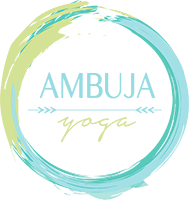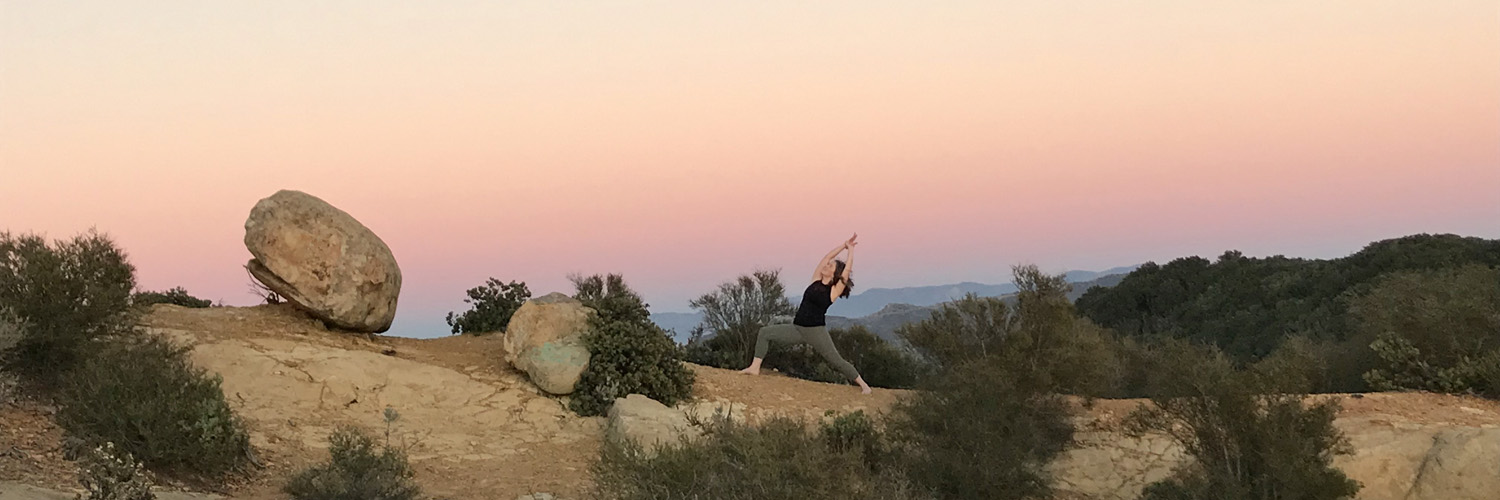It’s so hard to decide on just five great yoga teacher training books to put on a YTT reading list. After I completed my 200 hr YTT I remember feeling like I had just scratched the surface. I was so hungry for more knowledge. Over the years, I have had a chance to read all kinds of yoga books, from yoga philosophy to anatomy to history and everything magical and mystical in between. These are the books I wish were included when I did my yoga teacher training way back in 2013.
What Makes a Great Yoga Teacher Training Book?
I’ve decided to share these books in this blog post because of their readability, their emphasis on yoga philosophy, and their influence on the modern yoga scene. And a huge bonus, none of them feel like you’re reading a yoga textbook, you feel like you’re reading a story while gaining the wisdom of yoga. I’ve also found these books to be powerful and profoundly transformational, even more so than some of the yoga classics… Hatha Yoga Pradipika I’m looking at you! None of these books are about asana or yoga posture. Instead, these books are about living your yoga practice. They are about living the truths of yoga. To be an effective yoga teacher, you eat, sleep, and breathe this stuff.
Embarking on a yoga teacher training will lead to one of the biggest shifts of your life… physically, mentally, spiritually, and emotionally. The books I have chosen are great books to read before, during, and after your yoga teacher training. You will find inspiration for your classes, with themes and stories to relay to your students to teach them all 8 Limbs of yoga, not just yoga poses. These books are about embodiment, not theory. My copies of these books are well worn, dog eared, underlined, and highlighted. We discuss them in yoga teacher training. They join me on retreats and workshops. I’ve shared them with fellow yoga teachers, students and curious-minded non-yogis. I think you will love them and share them too. I invite you to dive in.
5 Yoga Books You Should Have Read During YTT But Didn’t
The Bhagavad Gita translated by Stephen Mitchell
I’ve had a love affair with the Bhagavad Gita since I first read it in high school. I studied another translation in college and I’ve read various translations, both good and bad, since becoming a yoga teacher. The Bhagavad Gita is one of the core books of Hinduism. The Gita teaches universal truths and the ancient wisdom of yoga. As a yoga teacher trainer, I think it’s so important that yoga teacher trainees are exposed to these older texts because they bring depth to their understanding of yoga’s cultural and historic roots.
By far, Stephen Mitchell’s translation of the Bhagavad Gita is the most beautiful. As you read it, it feels as if you are right there on the battlefield with Arjuna and Krishna. The story and teachings are palpable. Stephen keeps the wisdom of the teachings flowing by not including a bunch of in-text commentary like some other popular translations. The audio version of this book on Audible is so beautiful. The orator (voice actor — what is this person’s title?) has a great voice and it sounds like you’re being read a story or epic poem. If you already have Audible, go download it, if you don’t have Audible, they frequently have deals like signup and get two free audiobooks.
There are so many beautiful passages within the Gita. In the passage below, Krishna is describing himself as the all-encompassing Divine through a series of opposites.
I am the father of the universe
and its mother, essence and goal
of all knowledge, the refiner, the sacred
Om, and the threefold Vedas.
I am the beginning and the end,
origin and dissolution,
refuge, home, true lover,
womb and imperishable seed.The Bhagavad Gita, translated by Stephen Mitchell
I am the heat of the sun,
I hold back the rain and release it,
I am death, and the deathless,
and all that is or is not.
Autobiography of a Yogi by Paramhansa Yogananda
Autobiography of a Yogi is one of those classic yoga books that it seems most yoga teachers and spiritual teachers have read at some point or another. In 1999, a panel of theologians at Harper Collins deemed Autobiography of a Yogi one of the “100 Most Important Spiritual Books of the 20th Century”. It follows the spiritual journey of Paramhansa Yogananda from his childhood in India through his creation of Kriya Yoga and life in America.
It takes a moment to get into Yogananda’s writing style, but once you do, it is easy to get into the flow. His yoga journey began as a child and he began searching for his guru at a very young age. Along his seeker’s path, he meets many characters before eventually finding his guru, Sri Yukteswar Giri. In the 1920s he made his way to America, even visiting the White House. He was a renowned spiritual teacher and created the Self Realization Fellowship in Los Angeles.
“Softer than the flower, where kindness is concerned; stronger than the thunder, where principles are at stake.”
Autobiography of a Yogi by Paramhansa Yogananda
The Laws of Spirit: A Tale of Transformation by Dan Millman

Dan Millman’s The Laws of Spirit follows the protagonist’s encounter with an ancient sage. As they travel through nearby forests and mountains, she teaches the universal principles of balance, choice, process, presence, compassion, faith, expectation, integrity, action, cycles, surrender, and unity. It is a beautiful book for anyone just starting their spiritual journey.
Although The Laws of Spirit can be read quickly, I like to read one Law each week and integrate the teaching throughout the week. It’s one thing to just read about the Laws and it’s another to live them. Living out these principles improves our relationships, guides our spiritual transformation, and helps us live a more full, harmonious, and meaningful life.
“Process transforms any journey into a series of small steps, taken one by one, to reach any goal. Process transcends time, teaches patience, rests on a solid foundation of careful preparation, and embodies trust in our unfolding potential.”
The Laws of Spirit: A Tale of Transformation by Dan Millman
The Path of the Yoga Sutras by Nicolai Bachman
The Path of the Yoga Sutras is a great introduction to the concepts outlined in the Yoga Sutras of Patanjali. Nicolai Bachman explains Patanjali’s teachings in a way that is easy to comprehend. He provides journaling exercises and other contemplative practices to expand and deepen your understanding of each concept. I recommend reading it alongside a classic translation of the Yoga Sutras, like Swami Satchidananda’s translation. You can read the Path of the Yoga Sutras like a guidebook to explore and deepen your understanding of the principles taught in the Yoga Sutras.
“Remember, the purpose of yoga is clarification of our individual field of consciousness in order to perceive external events clearly and connect to our inner light of awareness, our inner Self.”
The Path of the Yoga Sutras by Nicolai Bachman
How Yoga Works by Geshe Michael Roach
How Yoga Works weaves the teachings of the Yoga Sutras into a beautifully crafted novel that follows a young girl named Friday. She is imprisoned near the Indian-Tibetan border and held captive because they believe she has stolen the Yoga Sutras. Friday is wise beyond her years. She is able to transform her difficult situation into one of growth as she shares the wisdom of the yoga sutras with her captor. This novel, although long, is a captivating read that enhances the teachings of The Yoga Sutras of Patanjali.
“Everything is a reflection of the condition of your own heart … And so looking at the world is like looking in a funny kind of mirror”
How Yoga Works by Michael Roach
Whether you’ve been teaching yoga for many years or you’re just starting your journey, these five yoga teacher training books that I’ve shared above will expand your understanding of yoga, beyond asana.
Many blessings on your journey,
Autumn
- 2024’s Most Inspiring Books on Yoga, Motherhood, and the Path of Transformation - March 28, 2024
- Gratitude Revolution: Simple Ways to Spark Joy in Your Life - November 21, 2023
- Yoga and the Immune System - May 17, 2021

 Ambuja Yoga
Ambuja Yoga 